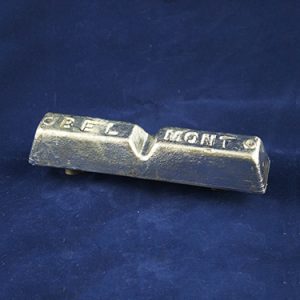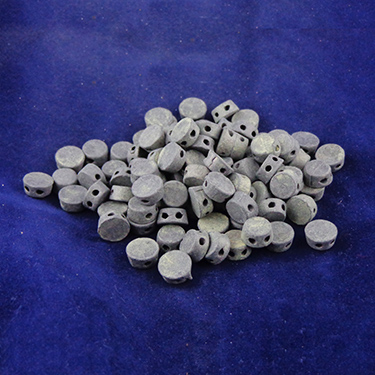While lead is toxic to people and as the metal is avoided in food-based applications or when equipment comes in human contact, it is still in wide use today. This metal has excellent corrosion resistance and ductility, as it may be used for applications such as lining storage tanks containing acidic substances, in the manufacturing…
|
Lead,Tin, Antimony Alloy. Low Melting fusible alloy. Excellent low-cost alloy. High-antimony lead alloy specially treated to increase ductility and fluidity. Useful where casting may be subject to bending. |
|
| Forms: |
|
|---|---|
| Belmont Product Code | 5877 |
| Nominal Composition: |
|
|---|
Related products
-
Linotype shot for hydrometals and bullet casting. It is good for varmit cast bullets. Linotype does not have a larger % of tin in it but it really has a larger percentage of antimony that makes for hard and brittle bullets.
Forms: - 10-20 Mesh .078" x .033"
Belmont Product Code 58410 Nominal Composition: - 84.25% Pb
- 11.5% Sb
- 4.25% Sn
RELATED POSTS
Types of Pure Lead and Lead Alloys for Counter Weights and Other Applications
Normally when the subject of lead comes up, people often associate it with the harmful effects of lead pipes and lead paint that causes serious health risks. While there has been a significant reduction of lead metals used in portable water, residential homes, and other health-based applications, this metal is still commonly used. Lead and…

Lead Wool Applications: Used in Medical O2 Sensors For Ventilators and Respirators
Lead wool is well known in the industrial sector. This material is often used to seal around flanges, connections, and pipes. It can also be found in apertures within walls and ceilings when there may be an abundance of radiation from equipment as the lead wool protects certain areas. Another industry where lead wool is…

